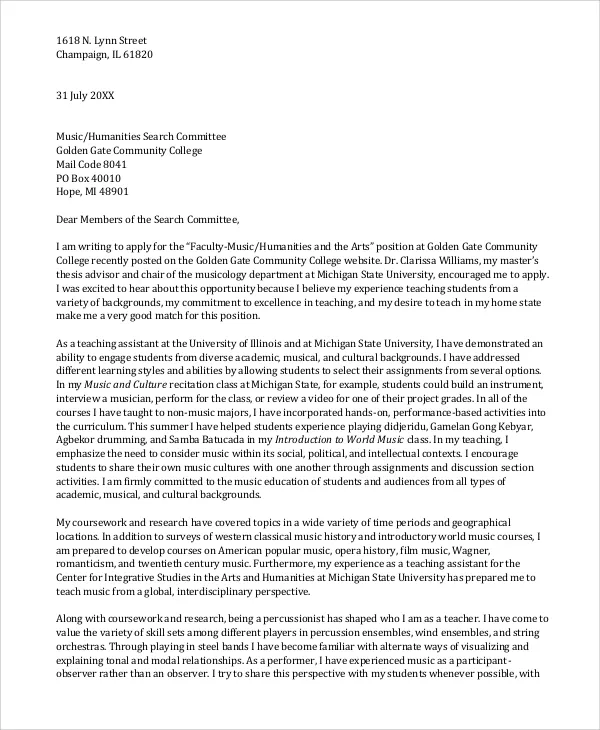Understanding the Cover Letter for Teachers
In the competitive world of education, a well-crafted cover letter is your first opportunity to make a lasting impression on a potential employer. It’s more than just a formality it’s a strategic tool designed to introduce you, highlight your qualifications, and express your enthusiasm for the teaching position. Unlike a resume, which provides a factual summary of your experience, a cover letter allows you to inject personality, explain your teaching philosophy, and demonstrate why you’re the ideal candidate. It showcases your communication skills and provides context to your resume, making it easier for hiring managers to understand your value. A strong cover letter can be the deciding factor in securing an interview and ultimately, the job.
The Purpose of a Teaching Cover Letter
The primary purpose of a cover letter in the context of teaching is to bridge the gap between your resume and the employer’s needs. It’s where you personalize your application, tailoring it to the specific school or district and the position you are applying for. The cover letter is your opportunity to demonstrate your genuine interest in the role and the institution, going beyond a list of qualifications to express your teaching philosophy, your passion for education, and your commitment to student success. It allows you to address any potential concerns, explain career transitions, and emphasize the unique value you bring to the table. A well-written cover letter should compel the reader to review your resume with greater interest and consider you for an interview.
Key Components of a Successful Cover Letter
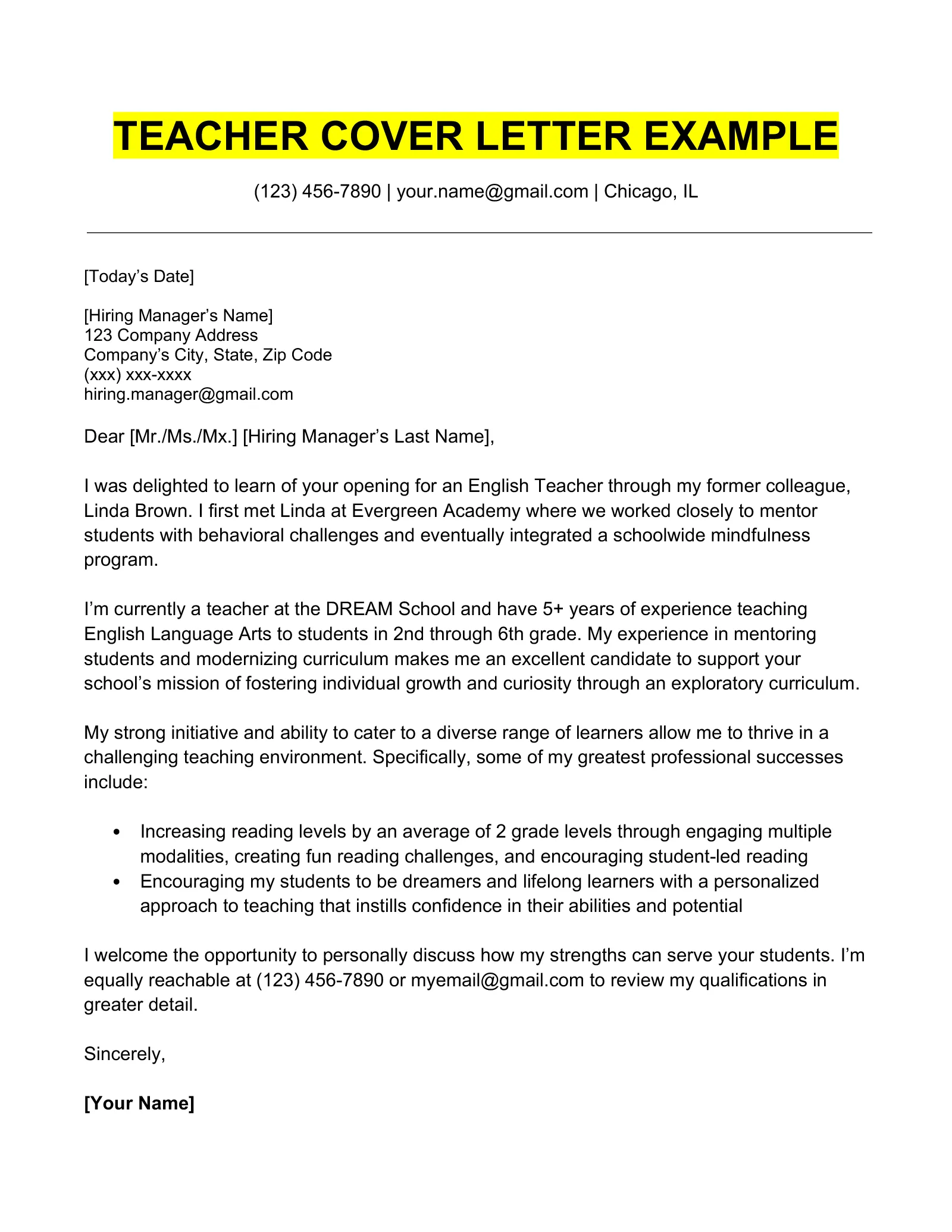
A successful teaching cover letter comprises several key components, each playing a vital role in presenting you as a strong candidate. It’s essential to structure your letter logically and ensure each section contributes to a cohesive narrative that highlights your skills, experience, and passion. From the header to the closing, every element should work together to create a compelling document that leaves a positive impression on the hiring manager. Attention to detail, clear communication, and a genuine expression of your enthusiasm are essential elements that can significantly increase your chances of landing an interview.
Header and Contact Information
Start with a professional header that includes your full name, address, phone number, and email address. This information ensures that the hiring manager can easily reach you. It’s also crucial to include the date and the recipient’s information, such as the hiring manager’s name, title, and the school’s address. Make sure the contact information is accurate and up-to-date, as this is the primary way the school will contact you for interviews or further communication. Using a professional font and layout is also important, which can increase your chances of being noticed.
The Salutation
The salutation sets the tone for your cover letter. Whenever possible, address the hiring manager by name; it shows that you’ve done your research and are genuinely interested in the position. If the hiring manager’s name is unavailable, use a professional greeting such as “Dear Hiring Committee” or “Dear [Department Name] Hiring Team.” Avoid generic salutations like “To Whom It May Concern,” as they can make your application seem impersonal. Ensure you spell the name correctly and use the appropriate title (e.g., Dr., Mr., Ms.).
Crafting a Compelling Opening
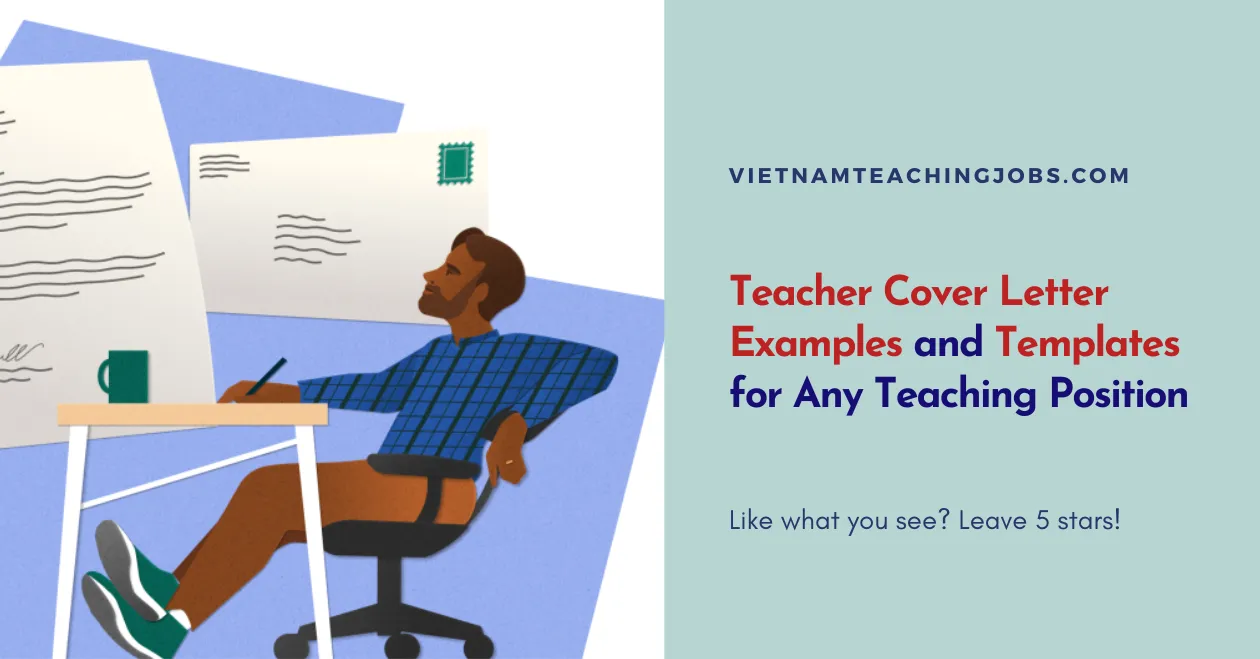
Your opening paragraph is critical. It should immediately grab the reader’s attention and make them want to learn more about you. State the position you are applying for and how you learned about it. Then, briefly highlight your most relevant qualifications or experience that align with the school’s needs. It’s also an excellent opportunity to express your enthusiasm for the specific school or district. For example, mention something you admire about their programs or their commitment to education. The goal is to create a strong first impression that sets you apart from other applicants.
Highlighting Your Teaching Experience
In the body of your cover letter, provide detailed information about your teaching experience. Instead of simply listing your responsibilities, describe your accomplishments and the impact you had on students. Use the STAR method (Situation, Task, Action, Result) to provide context and quantify your achievements whenever possible. For instance, rather than saying “taught math,” you might write “Developed and implemented a new math curriculum that improved student test scores by 15%.” Tailor your experiences to the specific requirements of the job and the school’s needs. Highlight any unique skills or experiences that make you an exceptional candidate.
Showcasing Your Skills and Qualifications
Clearly outline your skills and qualifications that align with the job description. These may include classroom management, lesson planning, curriculum development, assessment strategies, and knowledge of educational technologies. Use specific examples to illustrate these skills. If the job requires experience with a particular teaching method or technology, be sure to highlight your proficiency in these areas. Quantify your skills when possible. For instance, “Successfully implemented differentiated instruction strategies to meet the needs of diverse learners,” or “Utilized technology to enhance student engagement and improve learning outcomes.”
Mentioning Relevant Certifications and Licenses

Always include your teaching certifications and licenses. Specify the type of certification (e.g., elementary, secondary, special education), the issuing state, and the expiration date. If you are currently working towards any certifications or licenses, mention this as well. This demonstrates that you meet the basic requirements for the position and are authorized to teach in the relevant area. Place this information in a clear and concise manner, making it easy for the hiring manager to quickly verify your credentials.
Demonstrating Your Passion for Education
Expressing your passion for education is crucial. Describe why you enjoy teaching and what motivates you to work with students. Share your teaching philosophy, emphasizing your beliefs about student learning, classroom environment, and your role as an educator. Show how you create a positive and inclusive learning environment, or your approach to student engagement. Sharing your teaching philosophy helps the hiring manager understand your approach to education. Your enthusiasm can set you apart from other candidates, showing that you are dedicated to the teaching profession.
Expressing Your Teaching Philosophy
Your teaching philosophy is a concise statement of your beliefs about teaching, learning, and student development. It should reflect your values and your approach to creating an effective and engaging learning environment. Briefly describe your approach to student engagement, classroom management, and your role as an educator. Highlight how you create a positive and inclusive learning environment, promote critical thinking, and foster a love for learning. Your philosophy should align with the school’s mission and values. Tailor it to the specific school and role to show that you have considered the needs of the organization.
Highlighting Your Achievements
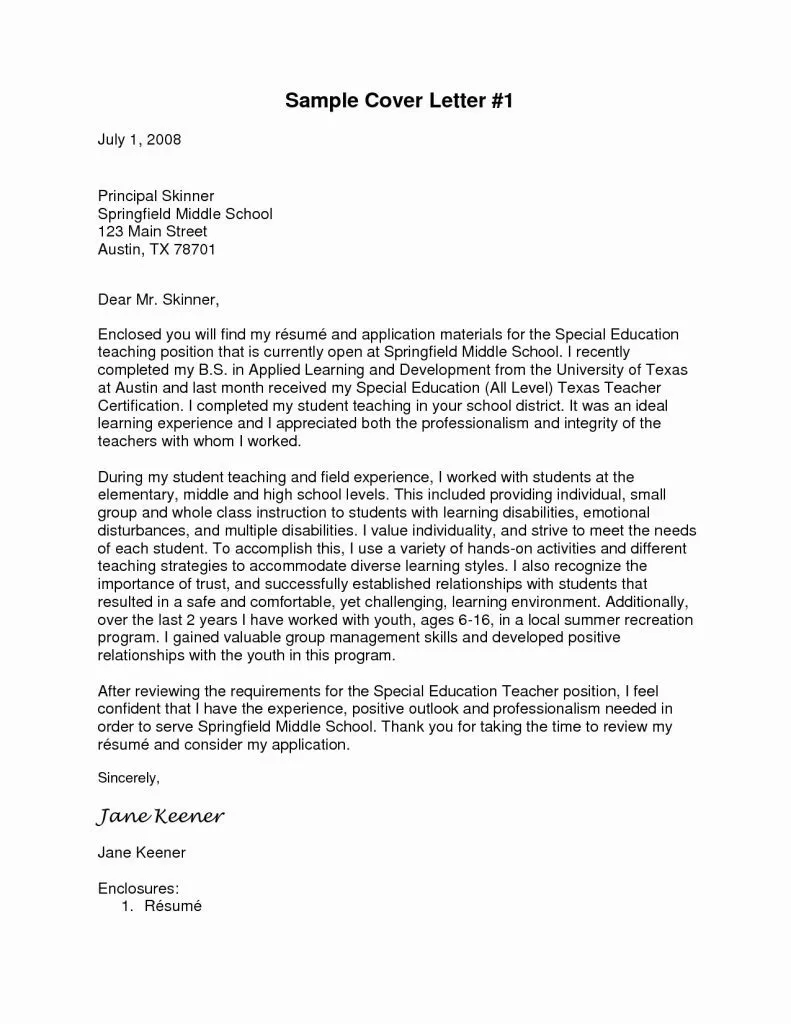
Use specific examples of your accomplishments to show the impact you have had on students and the school. Quantify your achievements whenever possible, using numbers, percentages, or other data to demonstrate your success. Examples might include improved student test scores, successful implementation of new programs, or positive feedback from parents or colleagues. Your achievements should demonstrate your ability to succeed in the classroom. By highlighting your achievements, you demonstrate the value you would bring to their school. Ensure the achievements are relevant to the specific job requirements.
Closing Your Cover Letter Effectively
Your closing paragraph should summarize your interest in the position and reiterate your enthusiasm for the school. Thank the hiring manager for their time and consideration. It is critical to express your willingness for an interview, and how they can reach you. Proofread the closing carefully to ensure that there are no grammatical errors or typos, which could diminish the professional impression you are trying to make. The closing should be positive, confident, and leave the reader with a favorable impression of you as a candidate.
The Call to Action
Include a clear call to action in your closing paragraph. State your availability for an interview and express your eagerness to discuss your qualifications further. Provide your contact information again, ensuring that the hiring manager knows the best way to reach you. Keep the tone professional and confident, and thank the hiring manager for their time and consideration. A strong call to action helps to move your application forward and increases your chances of receiving an interview invitation. It is critical for reinforcing your interest in the role and the school.
Proofreading and Formatting
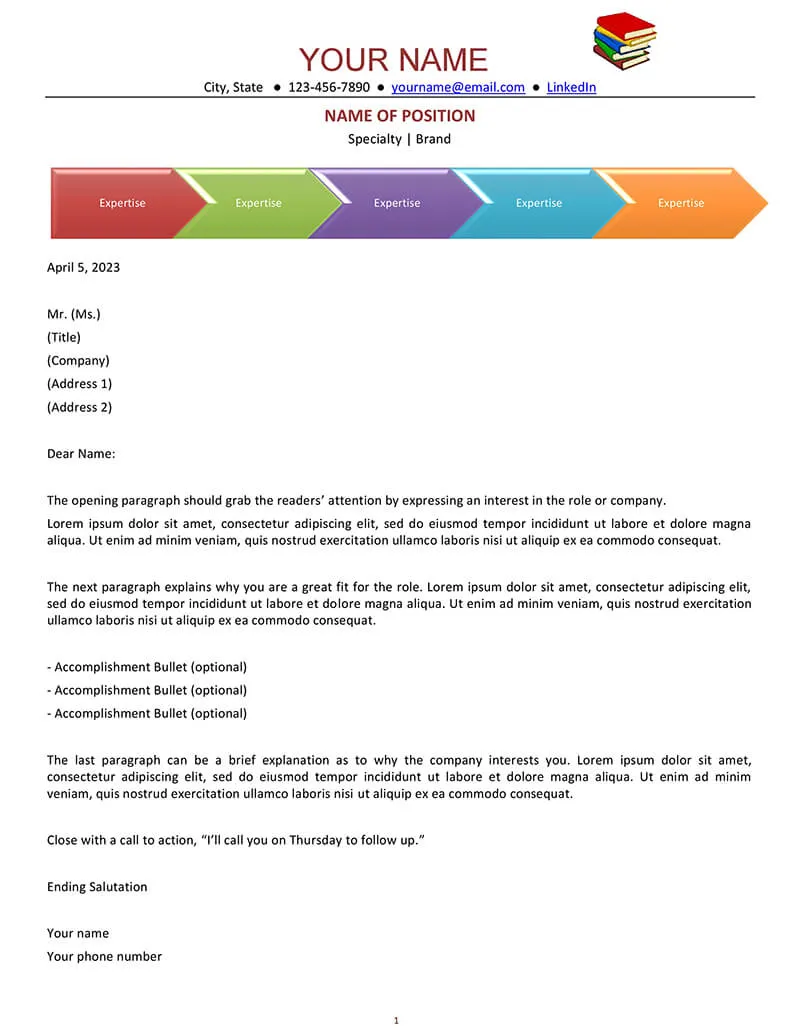
Proofread your cover letter carefully for any grammatical errors, spelling mistakes, or typos. Attention to detail is vital, as errors can undermine your credibility and make it seem as though you are not detail-oriented. Ensure your formatting is professional and consistent. Use a standard font, such as Times New Roman, Arial, or Calibri, and maintain consistent spacing and margins. The cover letter should be easy to read and visually appealing. A well-formatted and error-free cover letter demonstrates your professionalism and commitment to excellence.
